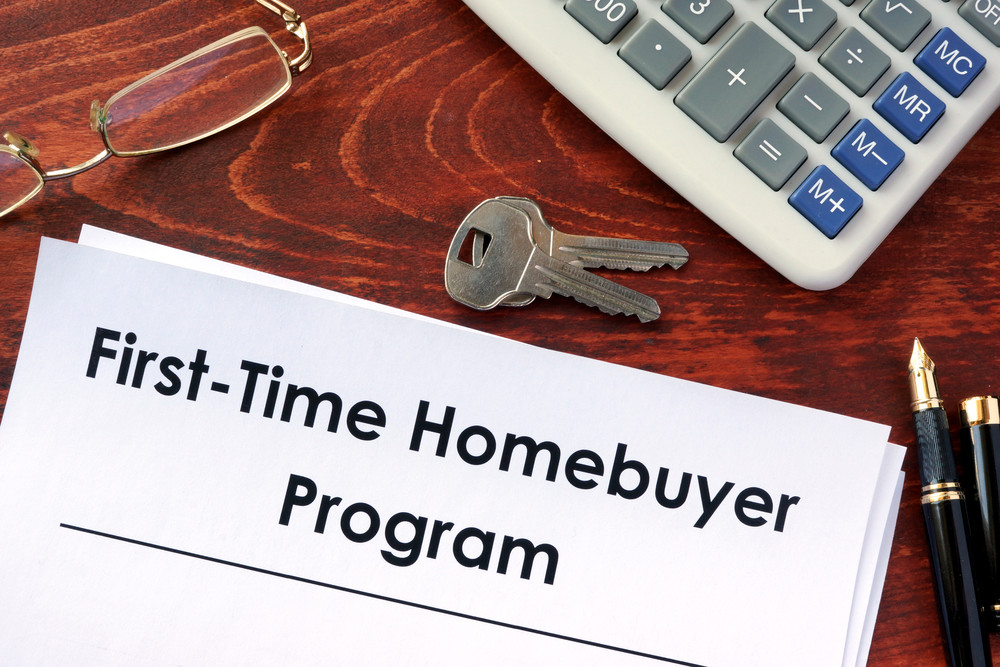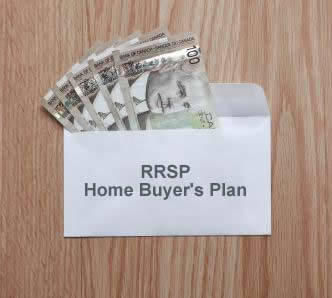 After all the build-up, Canada’s federal budget is finally here. There was no easing to maximum mortgage amortizations or the mortgage stress test, as some had expected.
After all the build-up, Canada’s federal budget is finally here. There was no easing to maximum mortgage amortizations or the mortgage stress test, as some had expected.
What the government did was throw Canadian mortgage shoppers two bones, with lots of strings attached.
Here’s a detailed look at two of the ways the Liberal government proposes to “ease” housing affordability.
New: First-Time Home Buyer Incentive
If you’re a newbie buyer, the feds want to hand you money to buy a home. According to the budget document, this new incentive “enables homebuyers to reduce the amount of money required from an insured mortgage without increasing the amount they must save for a down payment.”
Here’s what you need to know:
- If you use it, the government will share in price gains or losses when you sell
- The government hasn’t released details on how much. Kind of an important point to leave out, isn’t it?
- You have to be a first-time homebuyer
- We don’t know whether the government’s definition of “first-time buyer” will be the same as with its RRSP Home Buyers’ Plan, which allows repeat homebuyers to also be classified as “first-time” if they or their spouse haven’t occupied a home they owned in the prior four years (how it’s defined)
- Your mortgage must be default insured
- CMHC (or a third-party provider) would give you:
- 5% of the purchase price if buying an existing home
- 10% of the purchase price if buying a newly constructed home
- There are no monthly payments required on this incentive money
- You’d have to pay the money back when you sell your home
- Your household income must be less than $120,000
- The insured mortgage plus incentive, combined, cannot be greater than four times the participants’ combined annual household incomes
- That appears to make the program essentially useless if you want to buy a home much over a half-million bucks (if you’re buying in Toronto and want to use this program, you better not be picky, and/or you better not mind your bedroom being your living room)
- The budget says the program should be operational by September 2019
 An example:
An example:
- If you buy an existing $400,000 home and put down the 5% minimum, CMHC would give you another 5% ($20,000)
- Your total down payment would, therefore, be 10%
- Your mortgage payment would drop from $1,909 to $1,793 per month, a $116 monthly savings
- Assumes: (A) insurance fees are added to the mortgage, (B) a 3.19% interest rate and (C) a 25-year amortization
- You’d save roughly $3,500 in interest over five years, about the same as saving 0.20 percentage points off your mortgage rate
The Impacts:
- The government is apparently giving first-timers a zero-interest loan to buy a home and taking a piece of the upside (price appreciation) in return
- Theoretically, they’re also sharing some of the risk if prices crash
- By our calculations, and depending on how much CMHC shares in the gains/losses, the loss exposure should be manageable for taxpayers. Example: If 120,000 people use the program over three years, and they buy $400,000 homes (on average), and prices fell 20%, and CMHC shared in 30% of the loss, the cost would be under $3 billion worst case (assuming everyone sold and prices didn’t rebound). By comparison, CMHC earned about $1.8 billion in its last reported year.
- Note: We’re using a 30% share as a worst case. We don’t know what CMHC’s actual share of the upside/downside will be. It may be proportional—e.g., 10% if it gives the borrower a 10% loan.
- Those that qualify will have to weigh the costs. If you’re in a market with fast-growing home values, this program may not be so appealing
- The First-Time Home Buyer Incentive, thanks to its property value limit, does little to help people who want/need to live in central Toronto or Vancouver
- The incentive on new homes is double that on existing homes. That’ll put smiles on home builders’ faces as it increases the relative demand for new properties
- The government says this should “help encourage the home construction needed to address some of the housing supply shortages in Canada, particularly in our largest cities”
- In total, CMHC will provide up to $1.25 billion in down payment assistance and the program will last for three years
- The move will create anywhere from 20,000 to 40,000 additional new buyers each year, according to Finance Minister Bill Morneau’s estimates, as reported by Canadian Press and other sources. That’s not exactly going to spark widespread bidding wars given there are 650,000 to 700,000 residential properties sold in Canada each year
New: Higher RRSP Home Buyers’ Plan (HBP) Limits
 Here’s what you need to know:
Here’s what you need to know:
- You can now pull out $35,000 from your RRSP for a down payment
- The old limit was $25,000
- If you have a co-borrower who’s also a first-time buyer, you could each withdraw $35,000, for a $70,000 total down payment
- You have to be a first-time homebuyer, as defined by CRA (see above)
- You must repay the funds over a 15-year period or the money gets added to your income for tax purposes
- The above changes take effect tomorrow, March 20, 2019
- Those who split up with their spouse or common-law partner will get to use the Home Buyers’ Plan, even if they’re not a first-time buyer, starting in 2020
An example:
- If you buy a $400,000 home, withdrawing $10,000 more from an RRSP lowers your mortgage amount accordingly (and saves you some insurance premiums if you have less than 20% down)
- This bigger down payment would save you almost $1,500 in interest over five years on an average home purchase, versus a standard 20% down payment (assumes a 25-year amortization and 3.19% interest rate)
- It would also let someone making $50,000 a year afford about a 3.8% more expensive home
The Impacts:
- The RRSP HBP limit hasn’t increased in 10 years, despite a 65% increase in average home prices over that time-span, according to CREA
- This idea was originally in the Liberal election platform in 2015, but they shelved the scheme in favour of slowing the housing market
- The HBP changes will cost the government $145 million in lost tax revenue over five years, according to today’s budget estimates
- The additional uptake will likely be modest. We’re waiting on exact stats from CRA, but we’ll wager most first-time buyers probably don’t have over $25,000 in an RRSP
Long Story Short
These moves may shift slightly more people from renting to buying, but we’re talking about tens of thousands of people, not hundreds of thousands.
Morneau says, “It’s not going to make an impact on the overall market from a pricing standpoint.” But we’re not as optimistic on that, due to the incremental increase in housing demand and psychology boost (however small) this adds to the market. It likely means more support for home prices in the medium-term, at least until the Ottawa’s supply-side measures (which we’ll cover separately) incentivize new building.
Officials suggest these measures are necessary (in part) because rents have risen. Ironically enough, rents have risen partly because of the government’s prior rule changes (e.g., the stress test), which have forced prospective homebuyers to rent instead of buy. When you’re playing with housing regulation, whether you squeeze buyers or renters, it’s almost always a zero-sum game. Like they say, people have to live somewhere.

 log in
log in
7 Comments
Lots of sizzle. Little steak.
Who is going to want to give up price appreciation in Toronto, Vancouver or Montreal? If an average house goes up ten percent and they take a third you just gave up $15,000 or more?
Better than borrowing your down payment off a credit card I guess.
Anyone know when you have to pay the zero interest loan back?
Hi Meredith,
Details were sparse on this. It seems the Finance Minister had to rush this program into the budget and didn’t have time to hash out the ‘little’ details.
Presumably borrowers would pay the incentive back when they sell the home or do a cash-out refinance. Not sure what’ll happen if one of multiple people on title die.
There may or may not be a term limit. I’ve seen a similar program in another country that requires repayment after 10 years, for example.
Wait, so it’s not a loan but an equity share? Because with a zero-interest loan, I would expect that I borrow a certain amount of money and pay exactly the same amount back later, unaffected by price appreciation or depreciation.
Hi Jakob,
The Finance Department refers to it as a “CMHC shared equity mortgage” so it appears to be a loan registered against the property.
Given Morneau’s statement that, “There will be some sharing of upside and downside,” one option may be to structure it like the U.K.’s “Help to Buy” program: https://www.helptobuy.gov.uk/equity-loan/equity-loans/
In that program, the government’s appreciation/depreciation share is added/subtracted from the initial loan principal.
If a fthb does not have any Rrsp saving can he still get the $35k interest free loan